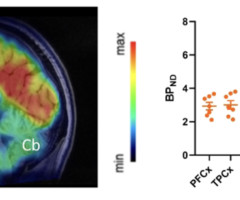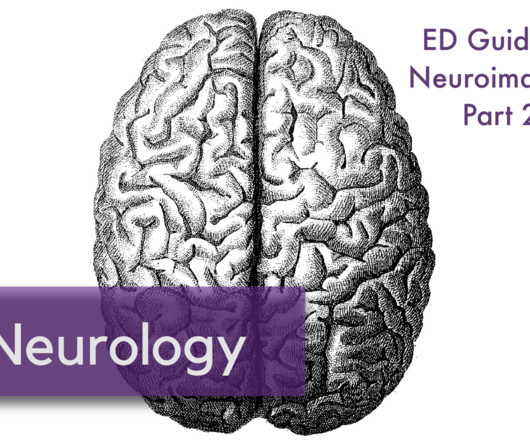Angela Graber, Vice President Operations, Diagnostic Imaging Solutions
TTG Imaging Solutions
NOVEMBER 21, 2023
Angela has been in the Medical Imaging field since 2004 when she started as a cardiac nurse for Ultrascan. In 2007 Digirad acquired Ultrascan and she has held various leadership positions in operations with Digirad since that time. Angela Graber has been in the healthcare field since High School.












Let's personalize your content